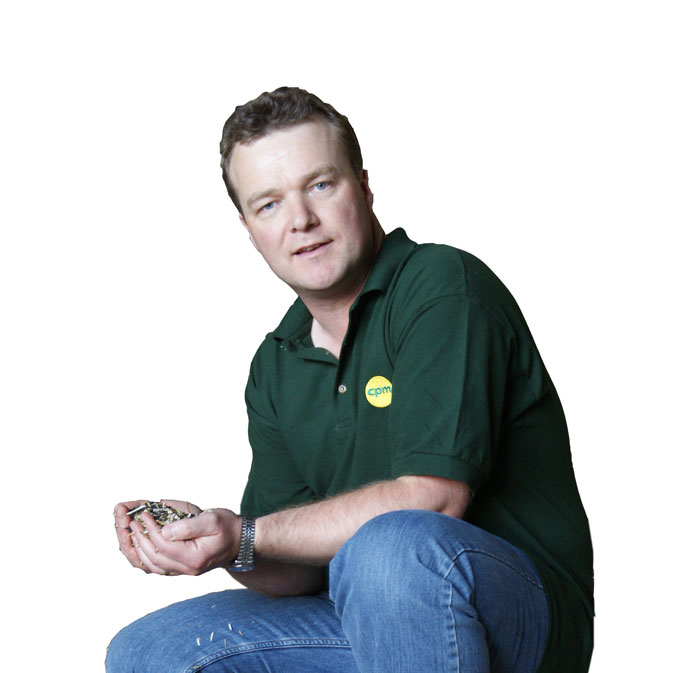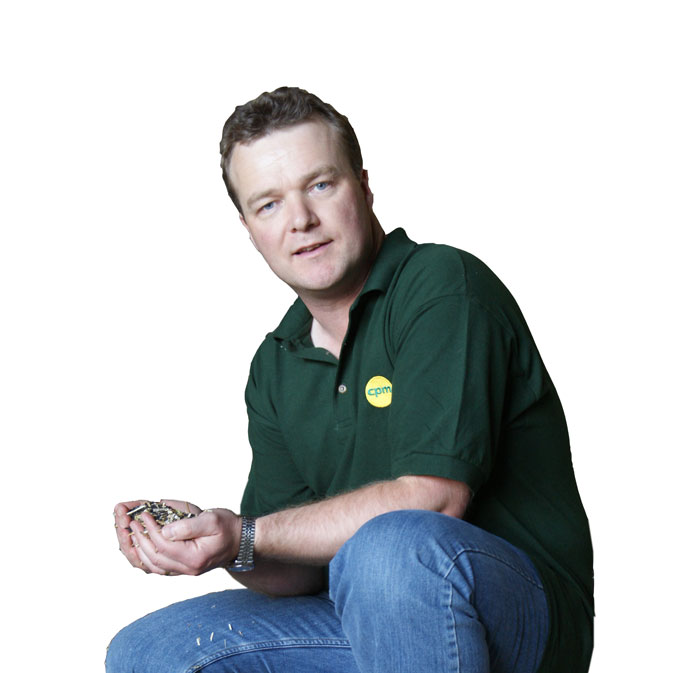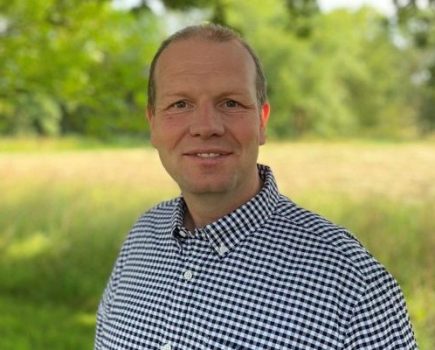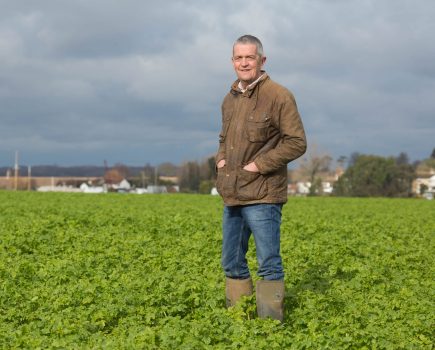 I’ve been invited by the Rural Payments Agency to renew my Countryside Stewardship (CS) agreement, and I’m seriously wondering whether it’s worth the hassle.
I’ve been invited by the Rural Payments Agency to renew my Countryside Stewardship (CS) agreement, and I’m seriously wondering whether it’s worth the hassle.
The email dropped into my inbox in mid Feb, about a week after the window opened for farmers to apply for CS agreements that will start on 1 Jan 2021. I was one of only a few hundred farmers to take up the first of the agreements when they started to replace the Entry-Level Stewardship scheme in 2016.
So we have a choice: extend by one year, start a new agreement or exit CS altogether. I have until 20 March to make up my mind – just a month, which is a bit rich, seeing as it took RPA two years to make my first payment under the agreement.
And this largely explains my reservations about the whole thing. Neither the RPA nor Natural England have covered themselves in glory with how they’ve managed CS for the past five years. Applying for the scheme in the first place took me into bureaucratic purgatory as we wrestled with the apparent location of a medieval village. This was marked on the RPA’s MAGIC map, although Heaven knows why as that’s the only record there is that such a thing exists, while there’s oodles of documentary evidence of one on my neighbour’s land that MAGIC hasn’t marked up.
The reason this mysterious village was important is that I couldn’t locate a CS option over it – a legume-rich sward, it seems, would ruin this archaeological treasure, while NE were quite happy for me not to include any options over it at all and continue to rip it every year with plough and subsoiler.
The absurdity is that I had actually applied for the option in the field next door to one marked up on the MAGIC map. But trying to convince NE they’d made this clerical error resulted in logic overload, and it was only after months of emails and phone calls they finally accepted the area of GS4 could go ahead.
Then there were the inspections – I’ve had two. Both of these were entirely painful, not because of the inspectors themselves, who seem a very pragmatic bunch, but because of the system they wrestle with. The findings of my first inspection, that took place nearly four years ago, still haven’t been adopted correctly, and I’m still waiting for the outcome of the report on the second, that took place last year. I often wonder whether the grey partridge we’ve successfully encouraged are really that bothered one of my patches of wild bird cover is actually 0.39ha, rather than the 0.4ha I’d measured it to be.
But the real slap in the face is the amount paid for some of the options. Take BE3, hedgerow management, for instance. You provide a hedgerow, care and tend for it, encourage a profusion of berries, nurture it to expand (to more than 2m tall and 1.5m wide), gap it up to ensure its fullness, cut it no more than once every three years so that it captures all that carbon, waiver the expense of the shadow it casts across your high-yielding wheat.
How much are you paid? £8 per 100m. That is derisory, RPA. If that’s all Society thinks of our hedgerows, that make up the very fabric of our green and pleasant land, no wonder so many farmers thrash them with a flail every year to the withered stubs that all too often blight the arable landscape.
Then there’s GS2, permanent grassland with very low inputs. This is the opportunity for most farmers (apart from those applying for Higher Tier CS) to restore the species-rich meadows our fathers and grandfathers were told to rip up to grow more food. This is Society’s opportunity to encourage a new generation of enlightened land managers, who push their grassland, not for every last protein-rich kg of dry matter, but for the wildflowers and butterflies it could contain.
How much are you paid? £95 per ha – doesn’t even cover half the rent. No wonder so many farmers who sit on such potential gems of the English countryside are enticed by the raft of new woodland grants on offer. They cover their pasture instead with tens of thousands of plastic tubes containing saplings which will one day grow up to shade out any hope of wildflower wonder as a virtual monoculture of timber takes over and locks up the land forever.
The crowning triumph is that misguided, half-informed politicians of every persuasion think such practice will save us from climate change. But instead it results in examples of wildlife tragedy, such as the small plot of species-rich meadow in Cumbria recently lathered in plastic tubes and saplings. This was at the behest of an over-bearing multi-national food business keen to brandish some environmental credentials to drown out suggestions its sugar-rich confectionary is turning the western world obese.
With the new Environmental Land Management contracts, the Government has the opportunity to change all this. It had better think carefully about how to do so and how to invest wisely to incentivise the right outcomes. For me, my Basic Payment starts to come down next year. If Society truly values the environmental assets I look after on its behalf, it had better start putting its money where its mouth is.
Tom Allen-Stevens has a 170ha arable farm in Oxon, on which villages appear, as if by MAGIC. @tomallenstevens




